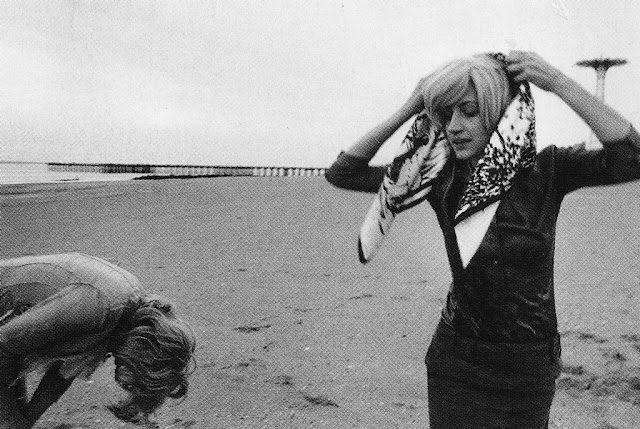Flat copying http://www.listofphotographers.blogspot.co.uk/
This is the technique you may have to use in order to photograph art work such as a David Hockney joiner, drawings, artwork, paintings etc.
You'll need a few things...
2 x studio flash heads. B&C
Camera and black tripod D
Sync leads
Sync adapters.
Black cloth or similar (large) E
A method of putting the art work on the wall
1. Position the art work (a) on the wall at camera height (Chest height)?
2. Position two lights off-set to the art work, pointing at it at 45 degrees. To some extent, the further they are away from the art work the more inverse square law is going work in your favour. So with this in mind depending on how big your studio space the more powerful the flash units the better. Another factor is the size of the artwork. If the art work is massive then you'll need more powerful lights and studio space. Our diagram here works fine up to A0 size with he lights between 10-15 feet from the subject.
The reason the lights are positioned at 45 degrees is that the light then reflects off of the shiny surface at the angle of incidence meaning none of the studio light is reflected back into the lens.
Position the lights so that they are central to the position of the artwork, e.g. not pointing down or upwards, but pointing at the art-work centrally.
3. The camera D should be used at F11 (Optimum lens performance). Your shutter speed should be 1/125 unless of course you're shooting film and you're using a camera with a slow sync speed (Our Pentax K1000's must be set at 1/60th of a second). Digital cameras set manual, consider using manual focus as auto focus may not work as there may be nothing to focus on? White balance "Flash". ISO as low as you can go to optimise quality.
4. It may be the case that the light spilling out around the room, despite the use of spill kills on the lights may reflect back and pick up yours and the background reflection if either are predominantly light in colour. Similarly if the tripod is reflective this may be an issue too. If you're working in such an environment a big black sheet/fabric will offer a solution to this problem.
Process...
5. Turn off one of the lights (c) and take a reading in the centre of the image with light (b). adjust the power settings so that the reading is exactly f8.
6. Take readings from the sides of the image checking to see if the inverse square law affect is problematic. If the readings are within tolerance 1/3 of a stop, you're probably okay.
7. Turn off light (b) and repeat the process with light (c).
8. Turn on both lights and the combined reading should be doubled up to F11.
9. Check the readings all over the image area and see if they are within tolerance for your light readings. Try and keep the readings all within 3/10th of a stop tolerance. If you have problems move the light further to maximise the inverse square law benefits.














